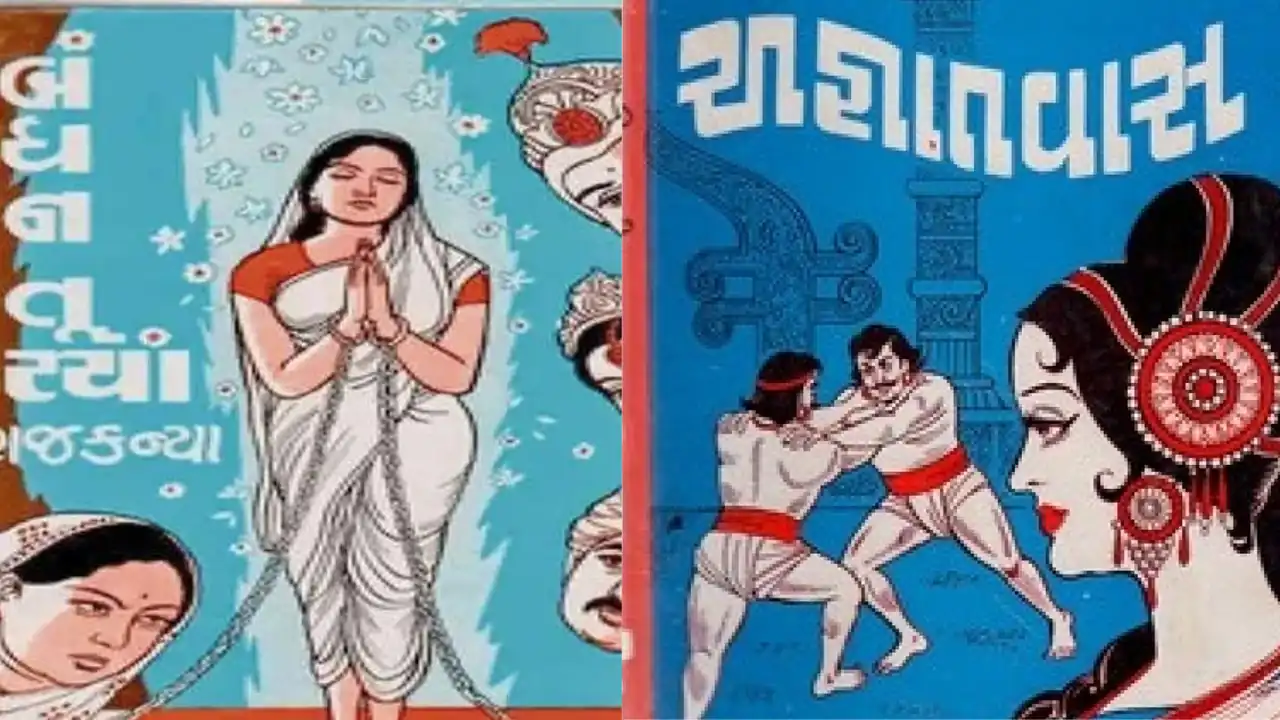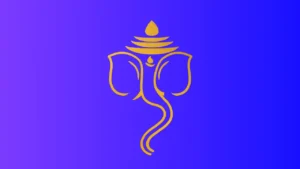Vaidya Shri Mohanlal Chunilal Dhami stands out as a renowned novelist whose contributions have significantly shaped Gujarati literature. Acharya Shri Vatslyadeep Suriji aptly referred to him as an “eye oyster, eye pearl.” Dhami, a prolific writer, authored an impressive 170 novels and made notable contributions as a poet, journalist, dramatist, and physician.
During a period when Gujarati writers were thriving, Mohanlal Dhami emerged as a key figure in fiction, garnering immense popularity. His literary repertoire spans various genres, including children’s literature, travel stories, essays, biographies, novels, and plays. As an early poet, he also composed around 200 folk and Charani songs. Three of his dramas were successfully performed during his lifetime. Notably, his novel Rupkosha is included in postgraduate curricula at a university in Maharashtra and has been translated into English and Hindi.
In addition to his literary achievements, Dhami was a respected physician in Ayurveda, earning the titles of Ayurveda Bhushan and Ayurveda Shastri. Remarkably, he dedicated his medical career to serving patients without accepting payment, embodying a spirit of selflessness.
During the freedom struggle led by Gandhiji, Dhami passionately spread Gandhiji’s message to rural Maharashtra through his lectures. As a journalist, he wrote influential articles for the publication Jaihind, contributing to the discourse of his time.
Dhami’s work appeared simultaneously in five newspapers and magazines, significantly boosting their readership. His novels often blended detective and social narratives, with a strong emphasis on Jain themes, reflecting a deep commitment to Jain traditions and orthodoxy. His storytelling vividly captured the zeitgeist, leading to multiple editions of his works.
Despite the presence of many contemporary writers, Dhami’s prolific output remains unparalleled. His novels, which include themes of Jainism, politics, social responsibility, and spirituality, invite further scholarly exploration. The interconnectedness of his stories and the imaginative elements therein merit academic investigation.
Raised in a devout environment, Dhami’s early aspirations of taking initiation as a child influenced his later works. He often embarked on pilgrimages, immersing himself in spiritual teachings and experiences that enriched his literary voice.
Among the Jain writers of the twentieth century, Mohanlal Dhami stands out for his ability to popularize Jain stories within broader society. His legacy continues to inspire, and it is essential to recognize the depth of Jain literature during this period. Jain Shresthi Trilokchand Kothari highlights the global resonance of Jain principles across various countries, noting that despite cultural and linguistic barriers, the essence of Jainism persists.
Given the historical context and richness of Jain literature, further research and seminars could provide valuable insights into the contributions of Jain novelists, particularly those like Dhami, whose work has left an indelible mark on literary heritage.





